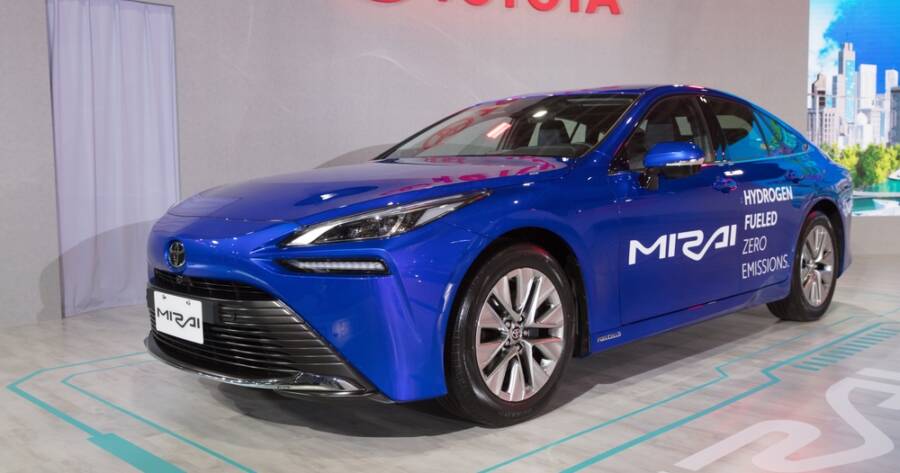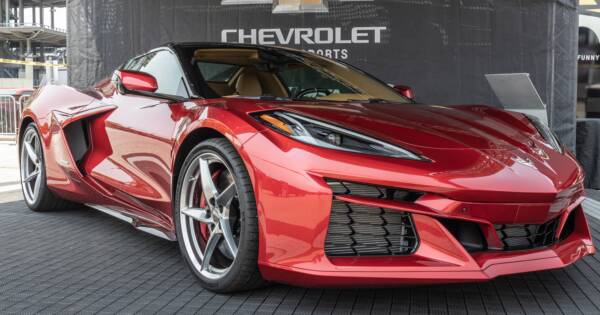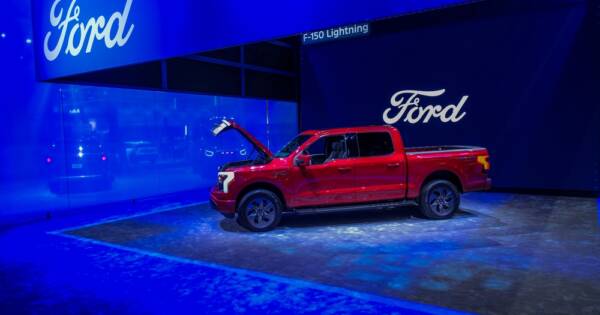The push toward cleaner transportation is intensifying, and two technologies continue to shape the debate: hydrogen fuel cells and battery-electric power. Each offers unique advantages, from hydrogen’s fast refueling and long-range potential to electric vehicles’ growing infrastructure and proven efficiency. As governments and automakers accelerate their sustainability goals, competition between the two is expected to sharpen. The question now is which technology will gain the strongest momentum as 2026 approaches.
How Do Hydrogen and Electric Vehicles Work?
Hydrogen fuel cell vehicles (FCEVs) and battery electric vehicles (BEVs) reduce carbon emissions but function differently. FCEVs use hydrogen gas to create electricity, which powers the motor. The only byproduct is water vapor, making them a clean alternative.
BEVs, on the other hand, store energy in lithium-ion batteries. These batteries charge from the electrical grid and power the car directly. While both vehicle types are emission-free at the tailpipe, their energy sources and infrastructure impact their overall environmental footprint.
Current Adoption and Infrastructure Challenges
Electric vehicles have a head start over hydrogen in the United States. Tesla, Ford, and General Motors continue expanding their EV lineups. Charging stations are becoming more common, with over 170,000 public chargers available nationwide. Government incentives also help increase EV adoption, making them more accessible to consumers.
Hydrogen fuel cell technology lags behind. While hydrogen refueling stations exist, most are concentrated in California. Unlike EV chargers, which use existing electricity grids, hydrogen stations require separate production and distribution networks. This limited infrastructure makes hydrogen cars less practical for most drivers. However, some companies are still investing in hydrogen-powered vehicles—such as Toyota with its successful Mirai model.
Cost and Efficiency Comparison
Electric vehicles are generally cheaper to operate. Charging at home costs less than refueling with gasoline or hydrogen. Additionally, electricity is more efficient. A BEV converts about 77% of its energy into movement, while hydrogen fuel cells convert only about 30% to 40%. This means hydrogen cars require more energy to travel the same distance as an EV.
Hydrogen, however, offers some advantages. It refuels much faster than EVs charge—often in under five minutes. This makes it more convenient for long-distance travel, especially in commercial applications like trucking and buses. However, hydrogen production is still expensive, which keeps fuel prices high. Until large-scale production becomes more efficient, hydrogen remains a costly option for most consumers.
Environmental Impact: Which Is Greener?
Both technologies offer lower emissions than gasoline-powered cars, but their environmental impact depends on how the energy is produced.
Electric Vehicles
EVs rely on the power grid. If the electricity comes from coal or natural gas, emissions remain high. Renewable energy, like wind and solar, makes EVs much cleaner. Battery production also raises concerns, as mining lithium and cobalt has environmental and ethical challenges.
Hydrogen Vehicles
FCEVs produce only water vapor, but hydrogen production matters. Most hydrogen today comes from natural gas, a process that emits carbon dioxide. Green hydrogen, produced using renewable energy, is cleaner but not yet widely available. Until green hydrogen scales up, FCEVs won’t be entirely emission-free.
Global Policy Momentum and Industry Investment
International policy trends are also shaping the trajectory of hydrogen and electric technologies as 2026 approaches. The European Union and China continue to pour billions into EV incentives, battery manufacturing, and public charging expansion, accelerating global EV dominance.
At the same time, several countries—including Japan, South Korea, and Germany—are investing heavily in hydrogen production and refueling infrastructure, particularly for commercial fleets and industrial transport. This split in government priorities is influencing where automakers focus their research and development dollars.
As nations align their strategies with long-term climate goals, the competition between hydrogen and electric technologies will increasingly reflect regional needs: mass-market mobility for EV-friendly regions and heavy-duty or long-range applications where hydrogen holds a strategic advantage.
Which Will Dominate in 2026?
By 2026, battery-electric vehicles are expected to maintain a clear lead, largely due to rapidly expanding charging networks, falling battery costs, and strong regulatory support across major markets. However, hydrogen will continue to gain traction in niches where batteries face limitations—such as heavy-duty transport, fleet operations, and regions prioritizing rapid refueling.
While hydrogen is unlikely to overtake EVs in passenger cars in the near term, its role will grow where long range, quick turnaround times, and high vehicle uptime are essential. The two technologies are unlikely to compete directly in every segment; instead, 2026 will reveal a more defined split where EVs dominate daily commuting and consumer travel, while hydrogen finds strategic footholds in specialized, high-demand applications.
The Future of Green Transportation
Both hydrogen and electric vehicles will play a role in reducing emissions. While EVs are set to dominate the consumer market, hydrogen could find success in commercial transportation and industries that require high energy output.
If hydrogen infrastructure expands and costs drop, its potential could grow. Until then, electric vehicles will lead the charge in the U.S. transition to cleaner transportation.




